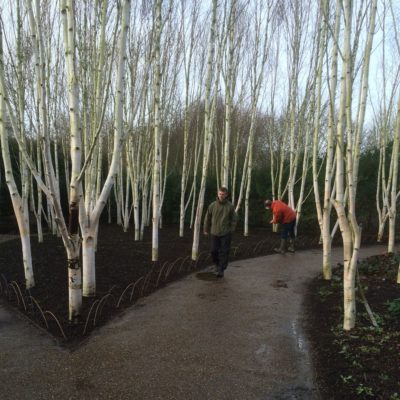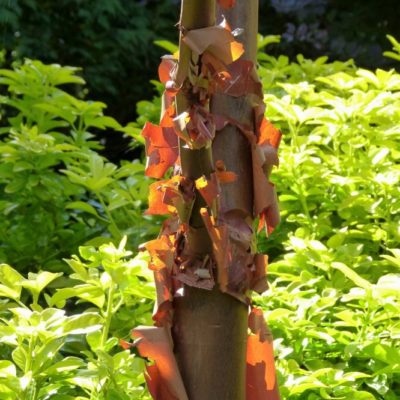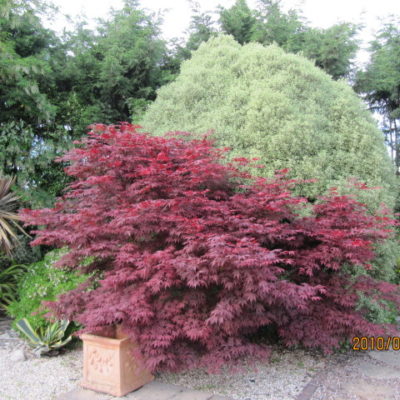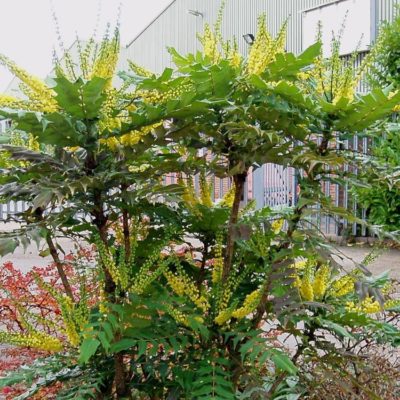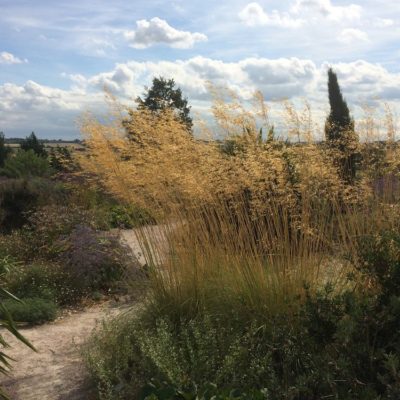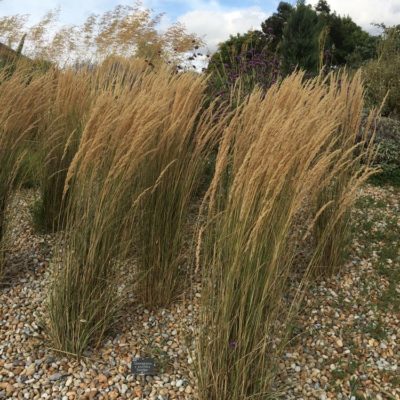Adding structure to planting borders
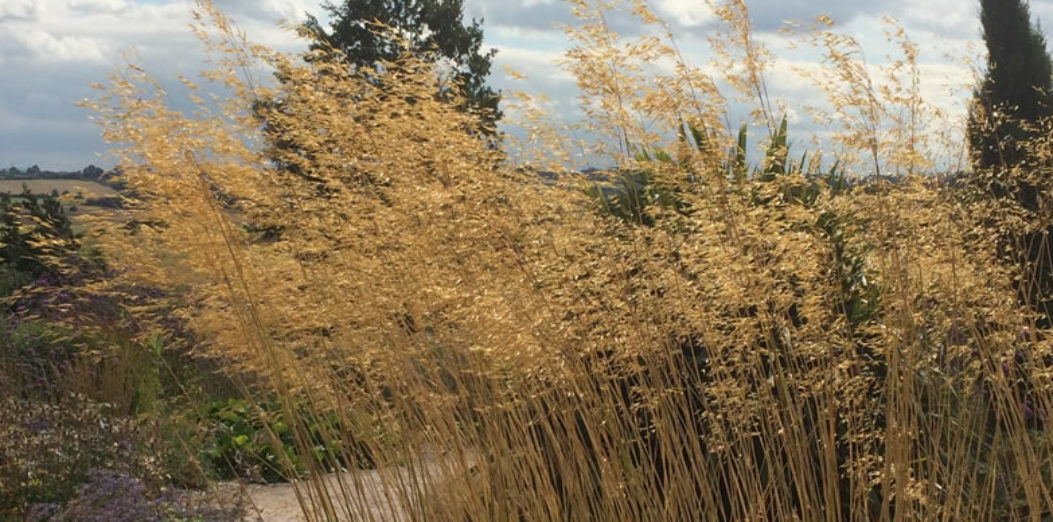
A very common request when discussing planting requirements with clients is for a garden with year-round interest – it normally comes second only to the desire for a low maintenance garden. While it can be difficult to get colour in the whole garden year-round, interest can be created by using structural planting to give the garden winter depth as well as seasonal texture and colour.
Trees
The best place to start for a successful planting design, in my opinion, is to start with a structural framework. The easiest way to do this is by adding trees, which will give you height, texture and create lovely silhouettes in winter. Deciduous varieties such as Acer griseum and Betula utilis var. jacquemontii have striking stem colour and texture, creating beautiful contrast to lower level planting; the bark also becomes a Winter highlight once the leaves have fallen. Flowering cherries, Amalanchier, Magnolias and Japanese Acers have spring and autumn colour too.
Space – or the lack of it – is an important factor within any planting design, and so espaliered, pleached or topiarized species are often a useful way of providing a structural backdrop whilst taking up little room and allowing lower planting beneath them. This formal framework works particularly well in contemporary or formal garden designs.
Shrubs
As well as trees, at a lower level in the planting scheme, shrubs are also important in adding structure. A mix of deciduous and evergreen is important to extend the seasonal interest within the garden. Evergreen species add a year-round green structure to a border but can give a dull look to the space if not carefully placed. Consider evergreen varieties with textured, coloured or variegated leaves such as Pieris, Pittosporums and Euonymus. For winter interest there are lots of shrub species to choose from such as Cornus with their brightly coloured stems, Witch hazel with their powerful scent and dainty yellow, orange or red flowers, or the striking flower spikes of Mahonia.
Grasses
For a softer structural frame consider adding a few ornamental grasses such as Stipa, Miscanthus and Molinia which look particularly beautiful in autumn and winter when they turn hues of gold and sway ever in the lightest of breeze.
These are just a few examples of structural planting – there is of course a huge variety of options available, suitable to any situation or need. So if your garden’s planting scheme is lacking year-round interest, rather than trying to cram in more perennials, consider adding more structure to your borders. Give us a call if you need a hand.
Image credits: Acer griseum, Pittosporum ‘Silver Queen’ (behind Acer palmatum ‘Atropurpureum’), Mahonia, Betula utilis var. jacquemontii, grass – Katie Thomas,
